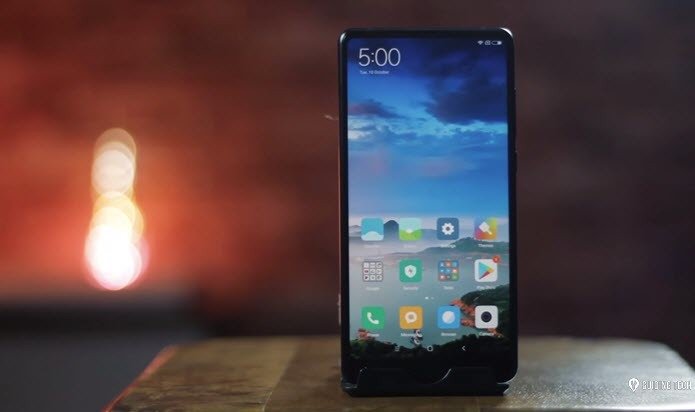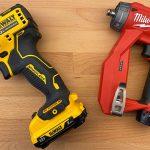With the ever-changing technology world, lot of transformations has been taking place in the development of the smartphone. The experts are working harder and harder to make the mobile more compatible and efficient. New designs are evolving then and there; keeping up to the trends always keeps you ahead of the crowd in the competitive market.
New software design paradigms
The latest one in the market is the bezel-less devices. A screen is slimmed down further to provide a better experience to the users. Introduction of ultra-wide mobile screens, replacing the normal rectangular screens with non-rectangular ones, curved displays and notches are new arrivals. Taking advantage of these prospects and designing an outstanding application is every developer’s dream now.
UI design
There are certain ultimate mobile app design tips that can be focused to make the utmost utilization of new hardware as,
• Make gestures as the central one in every release of the application. The previous design comprised drag ‘n’ drop one.
• Increase the size of the interactive object that allows a touch more comfortable
• Make the most important elements of the page more visible than ever before, so that its readability can be better over smaller screens.
• It’s time to move the elements away from the corners
When normal rectangular screens were the common ones prevailing, the interactive elements as a part of UI were placed at the corners of the screen. In such cases, you can consider,
• Make the elements more reachable to desktop users and clearly visible to mobile users.
• For the ease of clicking for users as the send button in the message apps were placed at the corners.
These were an absolute success in the rectangular screens but turned out to be a failure in the non-rectangular ones. The curved screens demanded new design models to impress the users. To overcome this barrier there are two solutions available,
• Replace the buttons at the corner of the screen with new interface components. For example, you can make use of Google’s Floating Action Button.
• Another idea is to replace the buttons with the gestures; this will enhance the user experience by a large scale.
All of these solutions can be easily implemented. This will be a great idea, to begin with since the rounded corners are being produced at an increasing scale day by day.
Bring interactive elements to the center of attention
The drastic change brought about in the mobile industry is the aspect ratio, which is 18:9 almost in the 2:1 ratio. The taller aspect ratio will be designated by considering the comfortability of the user. Area up to which the thumb can be stretched will be taken into account but not straining it. Some manufacturers are adding a notch to the top of the device in order to get more space around the earpiece, sensor and the camera.
UI designers must take all the new screen changes into their minds before giving a design to the application. Since the component at the top of the screen will be much difficult to touch due to the taller aspect ratio, interactive buttons must be placed only at the center for providing easy access.
All these problems can be evicted either by placing the interactive buttons at the bottom as in search bars or the tabs. Consider Google’s Bottom Navigation which is the best example of the latest design. The design components are intended to replace the tab making it more accessible in the aspect ratio.
Bring more relevance to the edges
Now the manufacturers are not only concentrating on reducing the top and the bottom bezels but also working on the left and right ones to make to more vivid. Apart from reducing the bezel size, they are also curving the edges of the phone in order to make creating animations much easier for the developers.
Developers can utilize this opportunity to add edge gestures to the application they are designing. Through shaping, animations appear more promptly, more naturally than before. One of the marvelous examples is the user experience provided in the iPhone X variant of iOS 11. Implementation of the design is completely exceptional and serves as a pioneer in the design.
This isn’t the end
As we have already gone through, the design of the applications are deeply influenced by the hardware it is running on. Now, it is only the beginning of the series of new paradigms considering the screen of the mobile applications. When new models arise to the market analyzing the design from the overview to the core is more important. Since the designs must vary in accordance with each and every change brought about in the smartphone. Apart from adopting the input methods, varying how the content must be displayed is also equally important.









